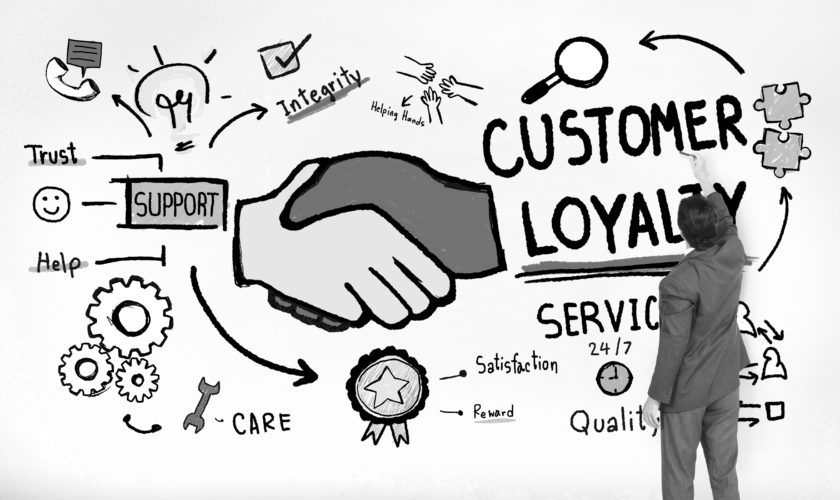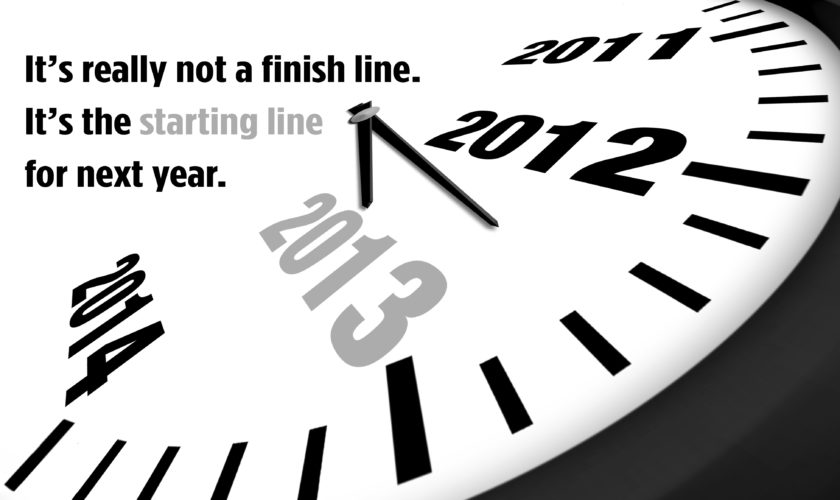It’s easy to go off-roading during the day when you should be staying on the path to productivity instead. Business owners often talk about the need to be more productive. They’re frustrated about daily interruptions. They want to make more progress – faster.
Of course, as an entrepreneur, you’ve got to focus on the big goal. Who else will keep the ultimate destination in view for your company? When challenges arise, you may question the goal. “Is that really where we want to go?” “Maybe our goal isn’t clear.” “Perhaps it’s too unrealistic.”
The problem isn’t the goal. It’s often a boundary issue. Without clear boundaries, you’re taking a circuitous path to reach your goal. What takes you off path? Here are three possibilities:
- Unclear boundaries. You don’t have proper boundaries in place to begin with. You’re stuck in habits that don’t serve you well. It could be that you’re responding immediately to any request regardless of the level of urgency. Or you’re allowing too many people to have too much access to you.
Establish clear boundaries to determine how you’ll go about your work and how other people will engage with you.
- Violated boundaries. These are boundaries you’ve established that aren’t being respected by other people. For example, you’ve asked team members not to disturb you for a couple of hours during a critical meeting, yet they continue to interrupt. You may have conditioned them to come to you before making decisions. But you’re really bottle-necking the processes.
Help other people identify new ways to work around you when needed.
- Invisible boundaries. You’re crossing your own boundaries and don’t even realize it. For example, you think you need to be involved in a meeting when your presence isn’t really required. As the owner, no one is stopping you. Exercise self-restraint. Discern each temptation to get involved. Remember the more commitments you say “yes” to, the more you need to say “no” to.
Boundaries in business are a good thing. They keep lower priority issues from entering your space. And they keep you from meandering into territory that you don’t belong. In some cases, you need to build a wall, especially when stakes are high. In other situations, a screen will do. You can keep an eye on outside activities while remaining inside to handle your own. Build better boundaries to guard your time and reserve your energy to do your best work. Secure your boundaries to unlock greater success.
 Author: Gayle Lantz is a leadership consultant, author, speaker and founder of WorkMatters, Inc., (www.WorkMatters.com) a consulting firm dedicated to helping leaders think and work smarter.
Author: Gayle Lantz is a leadership consultant, author, speaker and founder of WorkMatters, Inc., (www.WorkMatters.com) a consulting firm dedicated to helping leaders think and work smarter.











 Author: Gayle Lantz is a leadership consultant, author, speaker and founder of WorkMatters, Inc., (
Author: Gayle Lantz is a leadership consultant, author, speaker and founder of WorkMatters, Inc., (
 Author: Laura Huckabee-Jennings is the Founder of Transcend, which has been serving senior leaders and their teams since 2002. Transcend’s objective is to bring world-class tools and the latest scientific thinking about business and human development into a business to achieve ambitious goals. (
Author: Laura Huckabee-Jennings is the Founder of Transcend, which has been serving senior leaders and their teams since 2002. Transcend’s objective is to bring world-class tools and the latest scientific thinking about business and human development into a business to achieve ambitious goals. (
 Author: Bethany Meadows is the owner of Vertical Solutions Media Inc, a full service marketing agencies that specializes in helping small businesses build strong brands and increase revenues.
Author: Bethany Meadows is the owner of Vertical Solutions Media Inc, a full service marketing agencies that specializes in helping small businesses build strong brands and increase revenues.
 Author: Gayle Lantz is a leadership consultant, author, speaker and founder of WorkMatters, Inc., (
Author: Gayle Lantz is a leadership consultant, author, speaker and founder of WorkMatters, Inc., (

